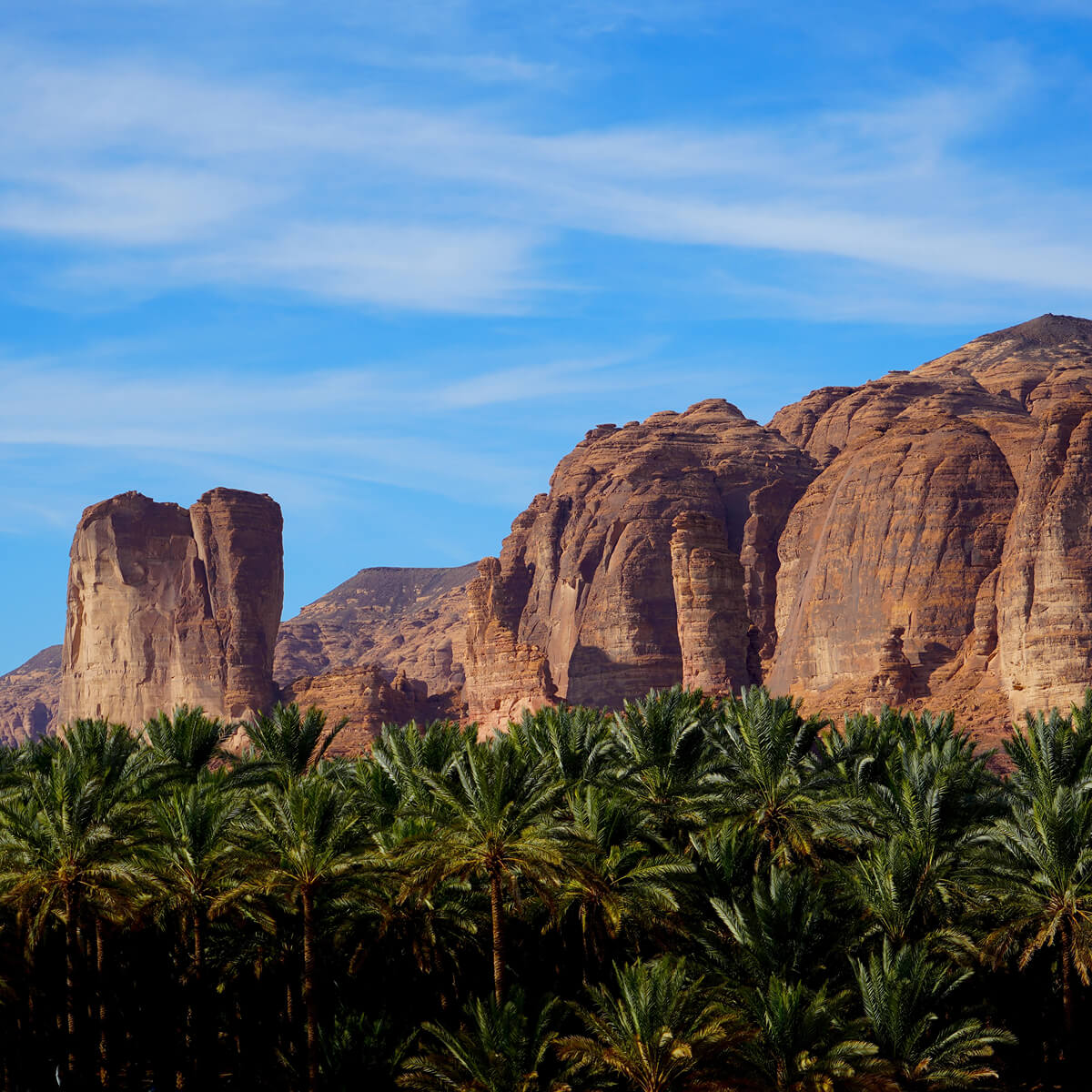Saudi Arabia’s real estate sector is experiencing significant growth, influenced by Vision 2030, foreign investment reforms, and multinational corporations (MNCs) establishing regional headquarters. Residential property prices have increased 25% (1Q21-3Q24) across the kingdom with Riyadh witnessing the steepest increase. Being the capital with multiple mega projects and events centered around Riyadh, the city will remain an attractive location to attract talent domestically as well as expats with Knight Frank expecting a 38% population growth (2022-2030) in the capital city. With a 0% tax incentive for businesses, the regional headquarters (RHQ) relocation mandate, and the opening of the Holy Cities to foreign investors, demand for office spaces, residential properties, and commercial developments is increasing. The Kingdom has already surpassed its 2030 target for RHQ relocations six years ahead of schedule, highlighting Saudi Arabia’s evolving business environment. With expanding infrastructure, mega-projects, and an active investment climate, the real estate market is positioned for continued development.
Commercial Real Estate Market
Saudi Arabia’s0% tax initiative for RHQs has strengthened the Kingdom’s position as a business destination in the Middle East. This tax exemption, which eliminates corporate and withholding taxes for RHQ activities for 30 years, has attracted many global corporations looking to establish a regional footprint. The RHQ relocation mandate requires companies to set up headquarters in Saudi Arabia to conduct business with government entities, further increasing the demand for premium office spaces.
Key developments include:
- Over 540 multinational companies have established RHQs in Saudi Arabia as of October2024, surpassing the original Vision 2030 target;
- Riyadh’s business districts, such as King Abdullah Financial District (KAFD), Olaya, and the Diplomatic Quarter, are experiencing high occupancy rates; and
- Developers are expanding office space supply, introducing smart and sustainable commercial properties to meet demand.
As businesses continue to establish themselves in Saudi Arabia, the commercial real estate sector is expected to grow, offering advanced infrastructure and a supportive business environment.
Residential Market and Population Growth
As more companies establish headquarters in Saudi Arabia, there is a rising demand for high-quality housing. Professionals, expatriates, and business executives are seeking modern residences, leading to developments in the residential real estate market.
As per knightFrank, 330K housing units are expected to be added to Riyadh’s housing stock by2030 while additional housing units demand from just Saudi nationals is estimated to jump by 305K over the next ten years, this excludes the significant jump in demand from expats moving into the kingdom.
Key trends in the residential market:
- Luxury apartments and villas in locations such as DiplomaticQuarter, Al-Yasmeen, and Al-Muhammadiyah are attracting professionals and executives;
- Gated communities and expatriate-friendly compounds are expanding to accommodate the growing number of foreign professionals;
- The short-term rental market is gaining momentum, with increased investment in serviced apartments and furnished accommodations for corporate travelers; and
- Affordable housing developments are progressing, supporting homeownership for Saudi nationals and creating a balanced market.
With innovative urban planning, smart city initiatives, and government-backed infrastructure projects, Saudi Arabia is developing a living environment that caters to both locals and international residents.
Opening the Holy Cities to Foreign Investors
A significant development in Saudi Arabia’s real estate sector is the decision to allow foreign investors to own property in Mecca and Medina through funds .Previously, real estate in these cities was reserved for Saudi and GCC nationals, but this policy change is anticipated to bring in new capital, expertise, and innovation.
Mega-Projects Driving Growth
Vision 2030 has introduced major real estate developments that are transforming various sectors. Key projects include:
- Qiddiya: The Kingdom’s entertainment and sports capital, fosteringthe growth of residential and commercial properties;
- Diriyah Gate: A cultural heritage development creating premiumresidential and retail spaces in Riyadh;
- FIFA 2034: Expenditure focused on hosting the tournaments(Hospitality, Stadiums etc.);
- NEOM: A $500 billion futuristic city focused on innovation,technology, green energy and sustainability; and
- The Red Sea Project: A luxury tourism destination driving demand for high-end hospitality real estate.
These projects are shaping the future of Saudi Arabia’s economy, promoting tourism, business expansion, and global investment.
The Future of Saudi Real Estate
Saudi Arabia Real Estate is at a sweet spot, benefitting from structural reforms, government spending, demographic tailwinds and an influx of expats. Demand across the real estate sectors (including hospitality, residential, commercial, retail and warehousing, among others) is expected to be robust over the coming years driven by increased capital expenditure, improving job opportunities and higher participation rates, raised income levels, mortgage lending and home ownership improvements as well as a boost from higher tourism demand. And as has been the case, Riyadh will remain the forefront of the growth given not just projects such as Qiddiya, Diyah or FIFA 2034, but the benefits of being the capital and driving the demand from bulk of the nation’s job growth.
